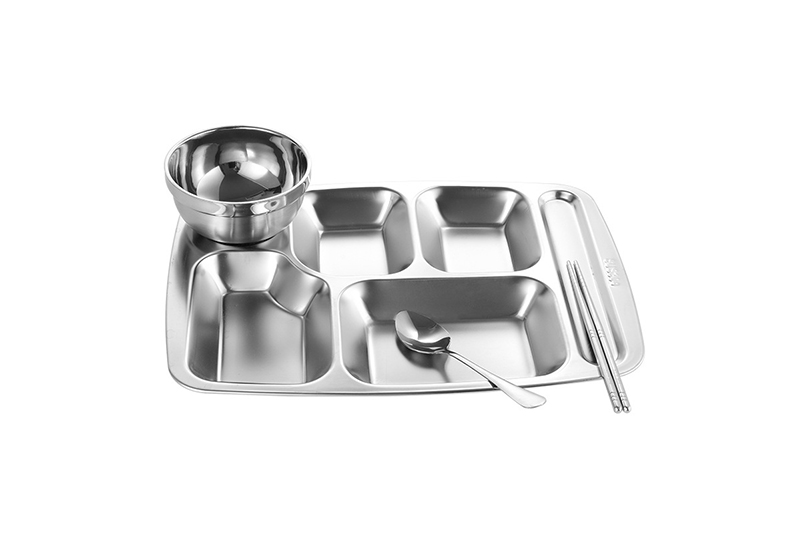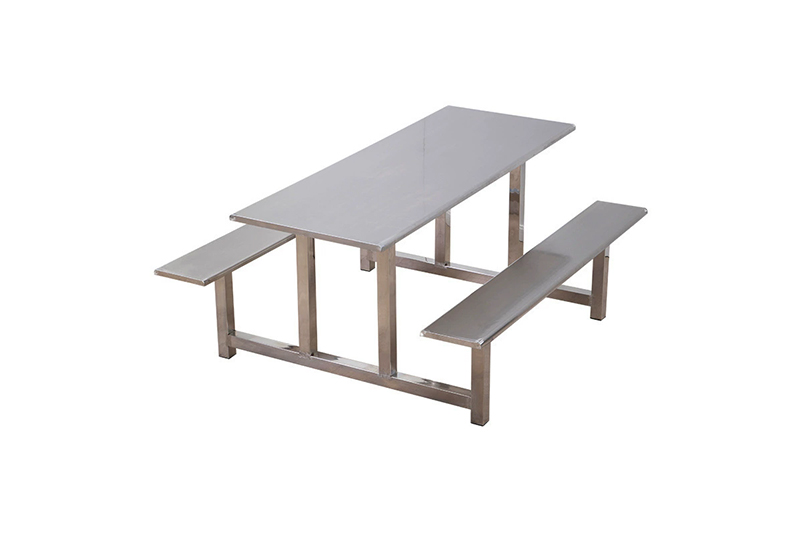Stainless steel fabrication products are items or components created by cutting, bending, welding, and assembling stainless steel into functional or decorative structures. Fabrication transforms flat sheets, bars, pipes, and plates into finished goods such as tanks, enclosures, kitchen equipment, frameworks, and architectural elements.
Stainless steel — an alloy primarily of iron, chromium (≥10.5%), and varying amounts of nickel, molybdenum, and other elements — resists rust and staining while offering high mechanical strength. These properties make it the preferred material for environments that demand hygiene, durability, and longevity.

Fabrication Process
1. Material Selection
Different stainless steel grades are chosen based on the required strength, corrosion resistance, and finish:
304: General-purpose grade, excellent formability and weldability.
316: Enhanced corrosion resistance, ideal for marine and food-grade applications.
430 / 409: Cost-effective ferritic grades for decorative or automotive use.
Duplex and Super Duplex: High strength and resistance to stress corrosion cracking.
2. Cutting and Shaping
Sheets, rods, or pipes are cut using laser cutting, plasma cutting, shearing, or waterjet methods for accuracy and minimal heat distortion. Press brakes, rollers, and stamping machines shape the metal into precise angles and curves.
3. Welding and Joining
Techniques such as TIG, MIG, and spot welding ensure clean, strong joints without contamination. Proper shielding gases and filler materials are essential to maintain corrosion resistance.
4. Machining and Finishing
After forming, parts may undergo CNC machining, drilling, or tapping. Surface treatments include grinding, polishing, brushing, or passivation, achieving finishes from mirror-bright to matte satin depending on design needs.
5. Assembly and Inspection
Final assembly involves fastening or welding subcomponents, followed by dimensional inspection, pressure testing, or non-destructive evaluation (NDT) to ensure structural reliability.
Stainless steel fabrication products can be classified by their function, form, and industry use:
1. Structural and Architectural Products
Handrails, balustrades, canopies, façades, beams, and brackets.
Used in commercial buildings, bridges, and public spaces for aesthetics and strength.
2. Industrial Equipment and Components
Pressure vessels, storage tanks, conveyors, and piping systems.
Common in oil & gas, water treatment, and chemical processing sectors.
3. Food and Pharmaceutical Equipment
Tables, mixers, cleanroom furniture, and processing units made from hygienic stainless steel grades (mainly 316L).
4. Automotive and Transportation Parts
Exhaust systems, trims, frames, and protective guards requiring durability and corrosion resistance.
5. Consumer and Domestic Goods
Kitchen sinks, countertops, appliances, furniture, and decorative panels.
6. Custom Fabricated Components
Tailored products for engineering, architectural, or artistic applications.
Services in Stainless Steel Fabrication
Modern fabricators provide end-to-end services, extending far beyond basic metalworking:
Design and Engineering Consultation: CAD modeling, structural analysis, and material optimization.
Prototyping and Customization: Rapid prototyping and one-off designs to validate performance.
Precision Fabrication: High-accuracy cutting, forming, and welding with automated CNC systems.
Surface Treatment and Finishing: Polishing, electropolishing, sandblasting, and coating for both aesthetics and protection.
Installation and Maintenance: On-site assembly, repair, and after-sales technical support.
Quality Assurance: Compliance with ISO, ASME, and food-grade standards ensures safety and performance.
Advantages
1. Exceptional Corrosion Resistance
The chromium oxide layer on stainless steel protects it from rust, moisture, and chemicals, even in harsh environments.
2. High Strength-to-Weight Ratio
Stainless steel maintains superior load-bearing capacity while allowing thinner sections for reduced weight.
3. Hygienic and Easy to Clean
Its non-porous surface prevents bacterial growth, making it ideal for hospitals, kitchens, and laboratories.
4. Aesthetic Appeal
With various finishes — mirror, brushed, or patterned — stainless steel complements modern architectural and industrial design.
5. Longevity and Low Maintenance
Resistant to impact, corrosion, and temperature extremes, stainless steel products have a long service life with minimal upkeep.
6. Sustainability and Recyclability
Over 80% of stainless steel is recyclable, and its long lifespan reduces environmental waste compared to alternative materials.

Applications
Stainless steel fabrication products play a vital role in nearly every sector of the global economy:
Construction & Architecture: Structural frames, decorative panels, roofing, and bridges.
Food & Beverage Processing: Sanitary production lines, tanks, and tables.
Medical & Pharmaceutical: Surgical instruments, laboratory benches, and sterile enclosures.
Energy & Infrastructure: Pipelines, power plant components, and offshore platforms.
Transportation: Railcars, ships, and aircraft fittings.
Consumer Goods: Furniture, kitchen appliances, and fixtures.
Conclusion
From skyscrapers to surgical suites, stainless steel fabrication products embody the principles of durability, precision, and innovation. As manufacturing technology advances — with automation, laser welding, and smart design integration — stainless steel fabrication is set to become even more efficient and sustainable. Its unique combination of strength, hygiene, and beauty ensures that stainless steel will remain the backbone of modern engineering and design for decades to come.

